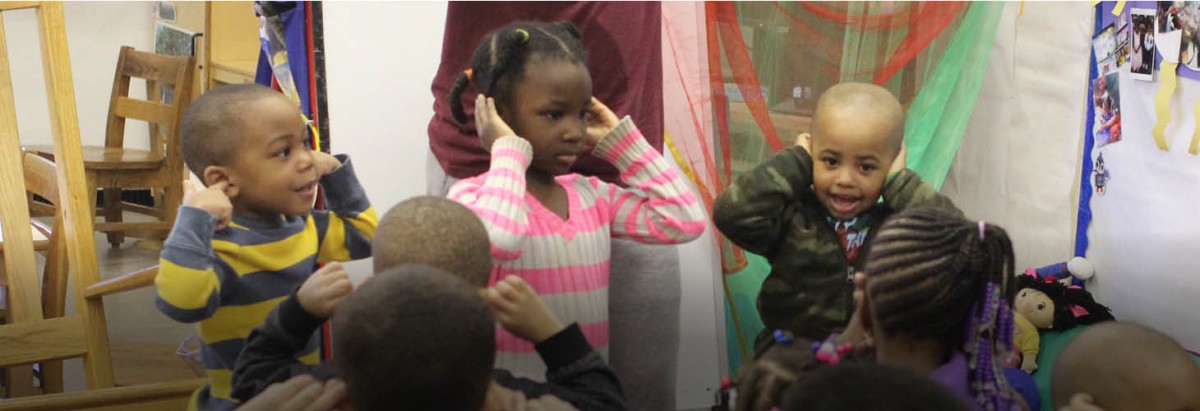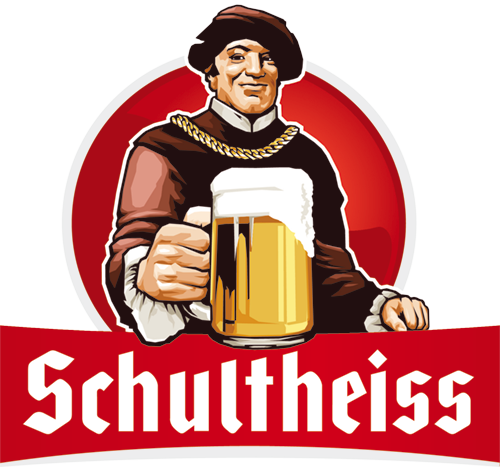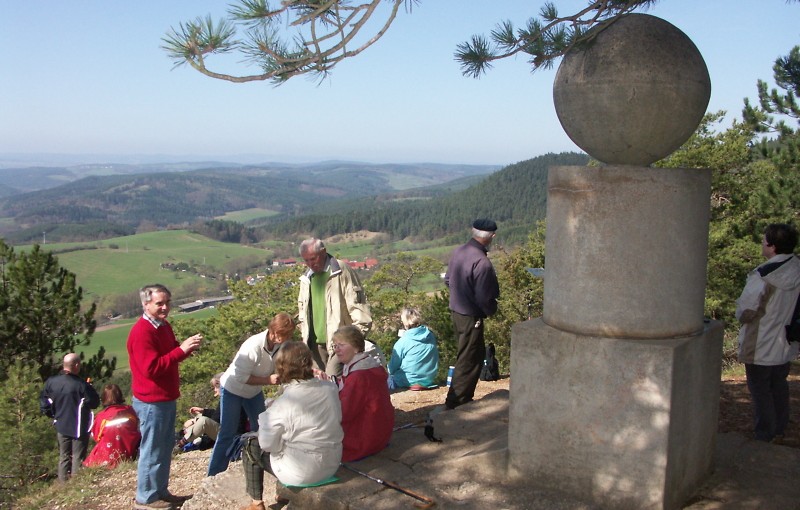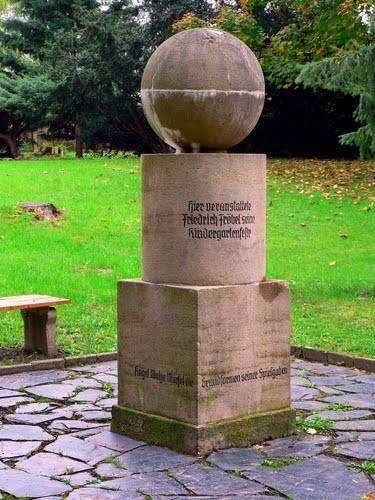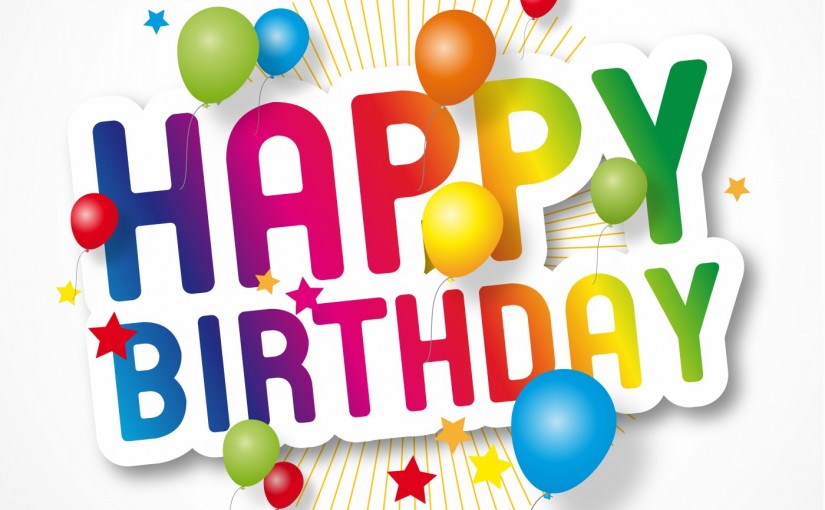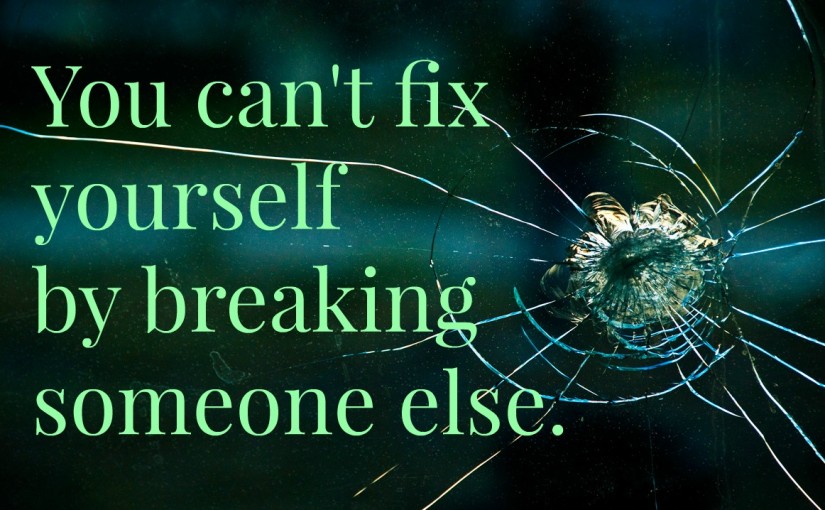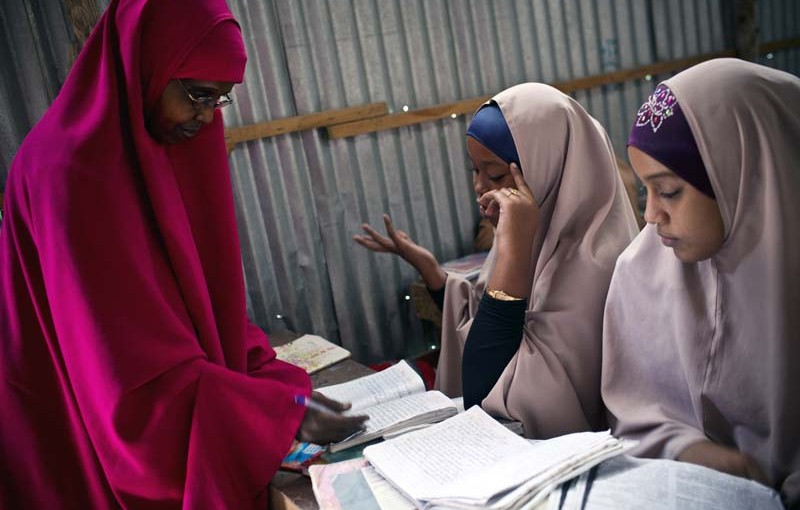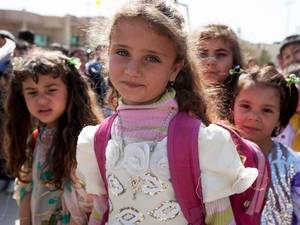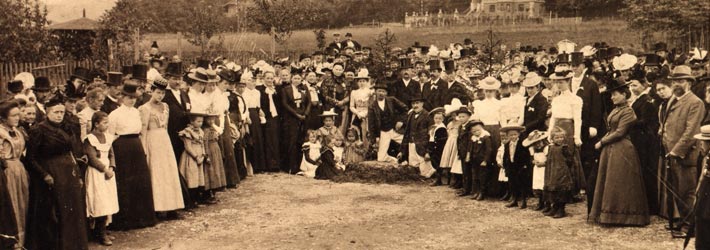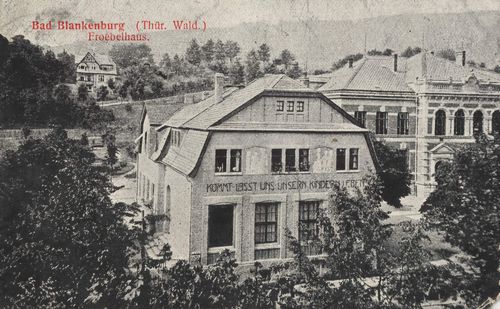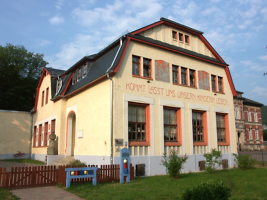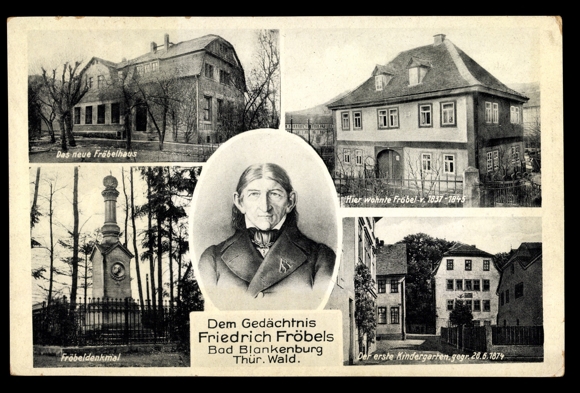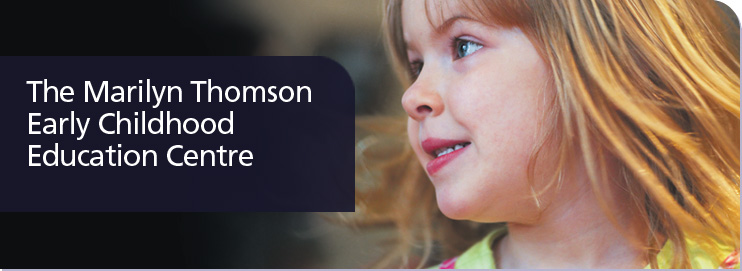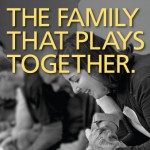In 1893, Mildred and Patty Hill created the song “Good Morning to All.” This original melody was later modified to create “Happy Birthday to You.”
In 1935, the Clayton F. Summy Company registered the copyrights, working with the Hill Sisters. Yet, as the court concluded, it appears that these copyrights involved only the melody, not the lyrics. And the melody has been in the public domain for decades!
So for now, go on and sing “Happy Birthday” as you please!
Source: Why the ‘Happy Birthday’ Song’s Copyright Has Finally Been Ruled Invalid
While teaching at the Louisville Experimental Kindergarten School, the Hill sisters wrote the song “Good Morning to All”; Mildred wrote the melody, and Patty the lyrics. The song was first published in 1893 in Song Stories for the Kindergarten as a greeting song for teachers to sing to their students. This kindergarten was an early experiment in modern educational methods, and was honored, along with the Hill sisters, at the Chicago World’s Fair in 1893.
“Happy Birthday to You” first appeared in print in 1912 using the melody of “Good Morning to All” with different lyrics. Its popularity continued to grow, with no author identified for the new lyrics, nor credit given for the melody from “Good Morning to You”. Based on 1935 copyright registrations by the Summy Company, and a series of court cases (which all settled out of court), the sisters became known as the authors of “Happy Birthday to You”
Source: Copyright and the World’s Most Popular Song
Their parents were passionate people who instilled in Patty and her siblings the importance of education, the value of play, and the necessity of advocating for others. Her father, William Wallace Hill, was born in Bath, Kentucky, graduated from Centre College in Danville, Kentucky in 1833, and earned a doctorate of Theology from Princeton University in 1838. He dedicated his entire life to ministry and education.
